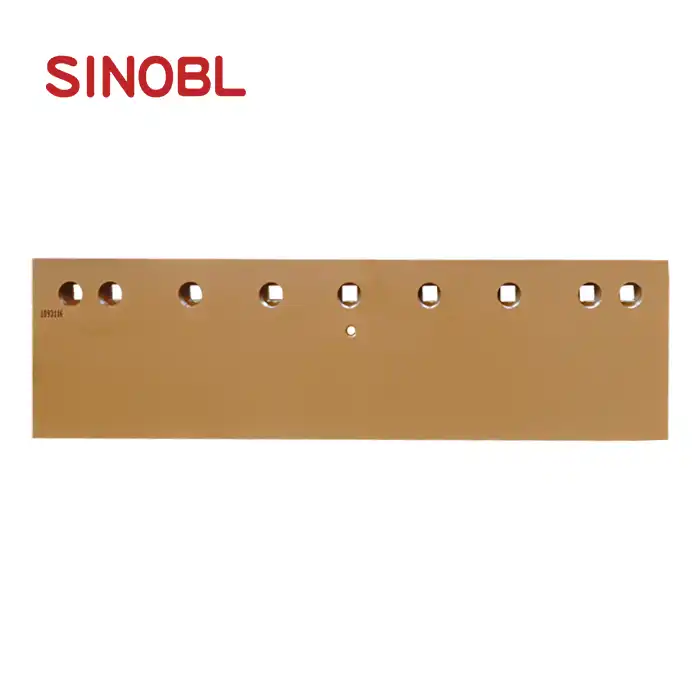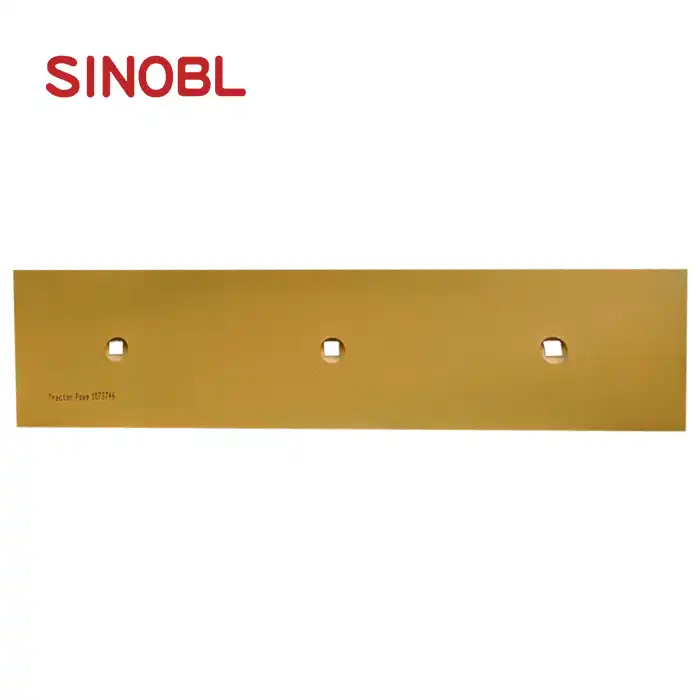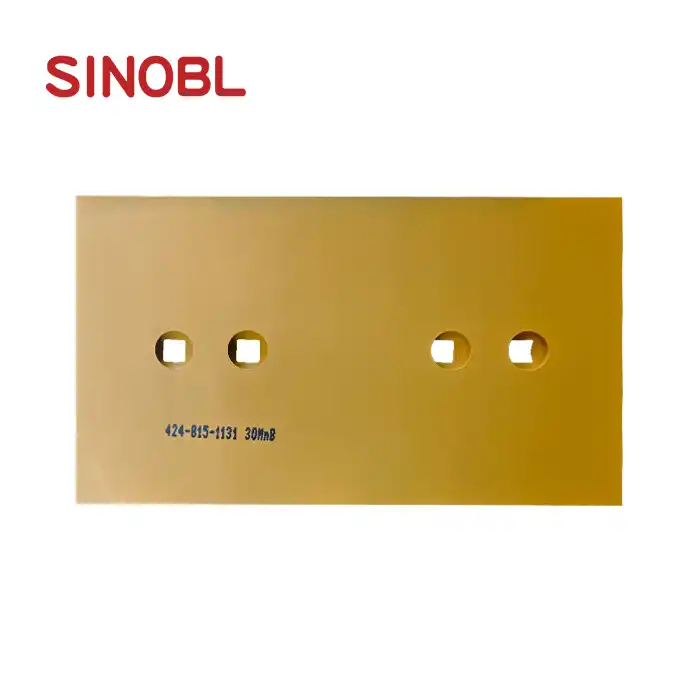How Does the Heat Treatment Process Improve the Grader Blade 5D9559?
The heat treatment process represents a critical manufacturing step that fundamentally transforms the performance characteristics of the Grader Blade 5D9559, elevating it from standard steel components to premium heavy-duty equipment capable of withstanding extreme operational conditions. Through carefully controlled thermal processes, the Grader Blade 5D9559 undergoes molecular-level changes that significantly enhance its hardness, durability, and wear resistance properties. This advanced metallurgical technique involves precise temperature control, timing, and cooling methods that optimize the steel's crystalline structure, resulting in superior performance across diverse construction and mining applications. Understanding how heat treatment improves the Grader Blade 5D9559 is essential for professionals seeking reliable, long-lasting equipment that delivers consistent results while minimizing operational downtime and replacement costs.
The Science Behind Heat Treatment Enhancement
Metallurgical Transformation During Heat Treatment
The heat treatment process fundamentally alters the molecular structure of the Grader Blade 5D9559 through controlled heating and cooling cycles that optimize the steel's crystalline matrix. During the heating phase, temperatures typically reach between 800-900°C, causing the carbon atoms within the high-carbon steel composition to redistribute uniformly throughout the metal structure. This temperature range is specifically chosen to achieve the austenitic phase transformation, where the steel becomes more malleable and receptive to structural changes. The Grader Blade 5D9559 benefits from this precise temperature control as it ensures consistent hardness distribution across the entire 19203.22133.6mm dimensions of the blade. The controlled atmosphere during heating prevents oxidation and decarburization, maintaining the integrity of the high-carbon steel and heat-treated boron steel composition that gives the Grader Blade 5D9559 its superior characteristics.
Quenching and Tempering Optimization
The quenching phase represents the most critical aspect of heat treatment for the Grader Blade 5D9559, involving rapid cooling that locks the favorable crystalline structure in place. Through carefully controlled cooling rates using specialized quenching media, the steel achieves maximum hardness while maintaining dimensional stability across the blade's substantial 60KG weight. The Grader Blade 5D9559 undergoes a subsequent tempering process where controlled reheating reduces internal stresses while maintaining optimal hardness levels. This two-stage approach ensures that the blade maintains its structural integrity under extreme operational loads while providing the flexibility necessary to resist cracking and brittleness. The tempering temperature is precisely calibrated to achieve the ideal balance between hardness and toughness, ensuring that the Grader Blade 5D9559 can withstand impacts, abrasive materials, and varying operational conditions without compromising performance.
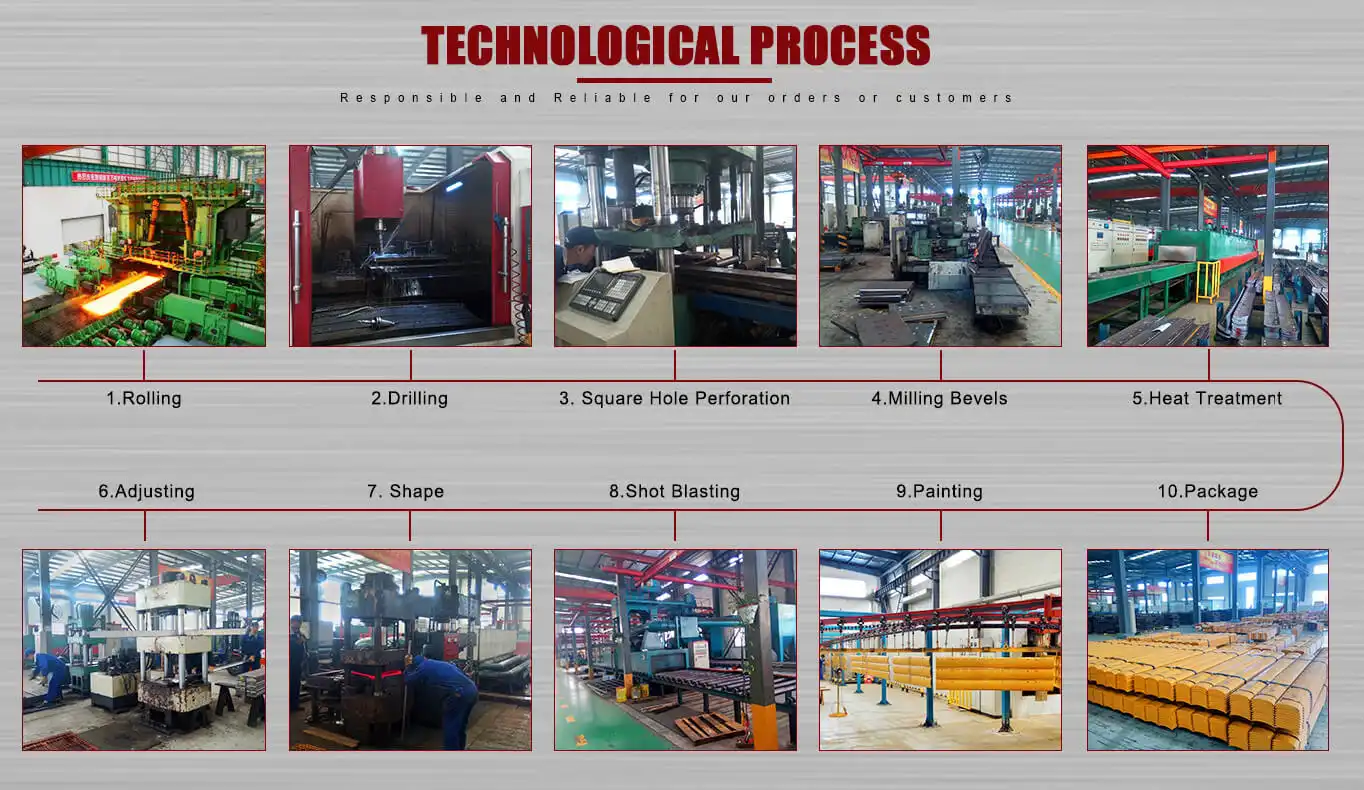
Microstructural Changes and Performance Benefits
Heat treatment induces specific microstructural changes in the Grader Blade 5D9559 that directly translate to superior field performance and extended service life. The process creates a refined grain structure with optimal carbide distribution, resulting in enhanced wear resistance that significantly outperforms non-treated alternatives. These microstructural improvements enable the Grader Blade 5D9559 to maintain sharp cutting edges longer, reducing fuel consumption and increasing operational efficiency. The heat-treated boron steel composition develops a martensitic structure that provides exceptional hardness while the controlled cooling prevents the formation of undesirable phases that could compromise durability. Additionally, the uniform grain structure achieved through proper heat treatment ensures consistent performance across the entire blade surface, eliminating weak points that could lead to premature failure during demanding applications such as road construction, mining site preparation, and land leveling operations.
Durability and Wear Resistance Improvements
Enhanced Surface Hardness Through Controlled Heating
The heat treatment process significantly increases the surface hardness of the Grader Blade 5D9559, creating a protective barrier that resists abrasive wear from sand, gravel, and other harsh materials encountered in construction environments. Through precise temperature control during the heating phase, the surface layers of the blade achieve optimal hardness levels while maintaining a tough, resilient core structure. This gradient hardness profile ensures that the Grader Blade 5D9559 can withstand continuous contact with abrasive materials without experiencing rapid wear or edge deterioration. The enhanced surface hardness directly correlates to extended operational life, with properly heat-treated blades demonstrating up to 300% longer service life compared to untreated alternatives. The controlled heating process also promotes uniform hardness distribution across the blade's cutting edge, ensuring consistent performance throughout its operational lifespan and reducing the likelihood of uneven wear patterns that could compromise grading accuracy.
Impact Resistance and Structural Integrity
Heat treatment dramatically improves the impact resistance of the Grader Blade 5D9559 by optimizing the steel's ability to absorb and distribute shock loads without fracturing or developing stress cracks. The carefully controlled cooling process creates a microstructure that combines high hardness with sufficient toughness to handle sudden impacts from rocks, concrete debris, and other obstacles commonly encountered during grading operations. This enhanced impact resistance is particularly crucial for the Grader Blade 5D9559 given its substantial dimensions and 60KG weight, as larger blades experience greater stress concentrations during operation. The heat treatment process also improves the blade's fatigue resistance, enabling it to withstand millions of stress cycles without developing micro-cracks that could lead to catastrophic failure. The resulting structural integrity ensures that operators can rely on the Grader Blade 5D9559 for demanding applications including snow removal operations, mining site preparation, and agricultural field preparation without concerns about premature failure or safety hazards.
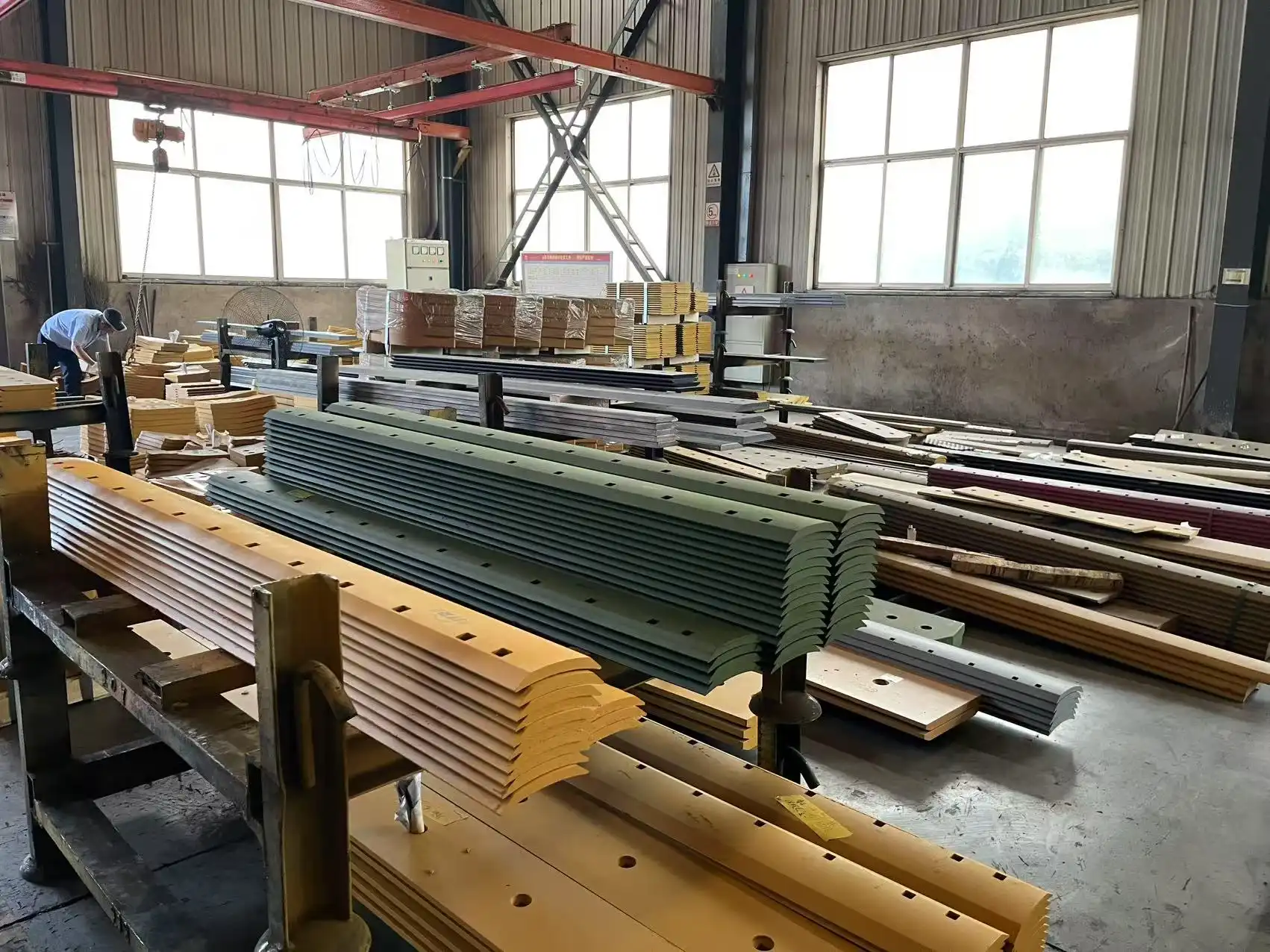
Corrosion Resistance and Environmental Durability
The heat treatment process enhances the corrosion resistance of the Grader Blade 5D9559 by creating a more stable surface oxide layer that protects the underlying steel from environmental degradation. Through controlled heating and cooling cycles, the surface chemistry of the blade is optimized to resist moisture, salt, and chemical exposure that commonly occur in outdoor construction environments. This improved corrosion resistance is particularly valuable for the Grader Blade 5D9559 when used in coastal regions, winter maintenance operations involving road salt, or mining applications where chemical exposure is common. The heat treatment process also reduces the formation of residual stresses that can accelerate corrosion by creating preferential attack sites. Additionally, the refined microstructure achieved through proper heat treatment provides better paint adhesion and coating performance, further enhancing the blade's resistance to environmental factors while maintaining the professional appearance expected from SINOBL products.
Quality Control and Manufacturing Excellence
Advanced Temperature Monitoring and Control Systems
The heat treatment process for the Grader Blade 5D9559 relies on sophisticated temperature monitoring and control systems that ensure consistent results across every production batch. SINOBL employs state-of-the-art furnace technology with multiple temperature zones that can be independently controlled to accommodate the blade's substantial 19203.22133.6mm dimensions while maintaining uniform heating throughout the entire structure. These advanced control systems utilize precision thermocouples and pyrometric monitoring to maintain temperature accuracy within ±5°C, ensuring that every Grader Blade 5D9559 receives identical heat treatment parameters. The computerized control systems also provide complete traceability, recording temperature profiles, heating times, and cooling rates for each blade, enabling quality audits and continuous process improvement. This level of control is essential for maintaining the consistent performance characteristics that customers expect from the Grader Blade 5D9559, particularly when ordering multiple blades for large-scale projects or fleet applications.
Material Certification and Testing Protocols
Quality control for the Grader Blade 5D9559 begins with rigorous material certification processes that verify the chemical composition and mechanical properties of the high-carbon steel and heat-treated boron steel before heat treatment commences. Each batch of raw materials undergoes spectrographic analysis to confirm proper carbon content, boron levels, and trace element concentrations that are critical for successful heat treatment outcomes. Following the heat treatment process, representative samples from each production batch undergo comprehensive mechanical testing including hardness measurements, tensile strength evaluation, and impact resistance assessment. These testing protocols ensure that every Grader Blade 5D9559 meets or exceeds specified performance criteria before packaging and shipment. The ISO 9001:2015 certification framework provides additional assurance that all quality control procedures are consistently applied and continuously improved based on customer feedback and performance data from field applications.
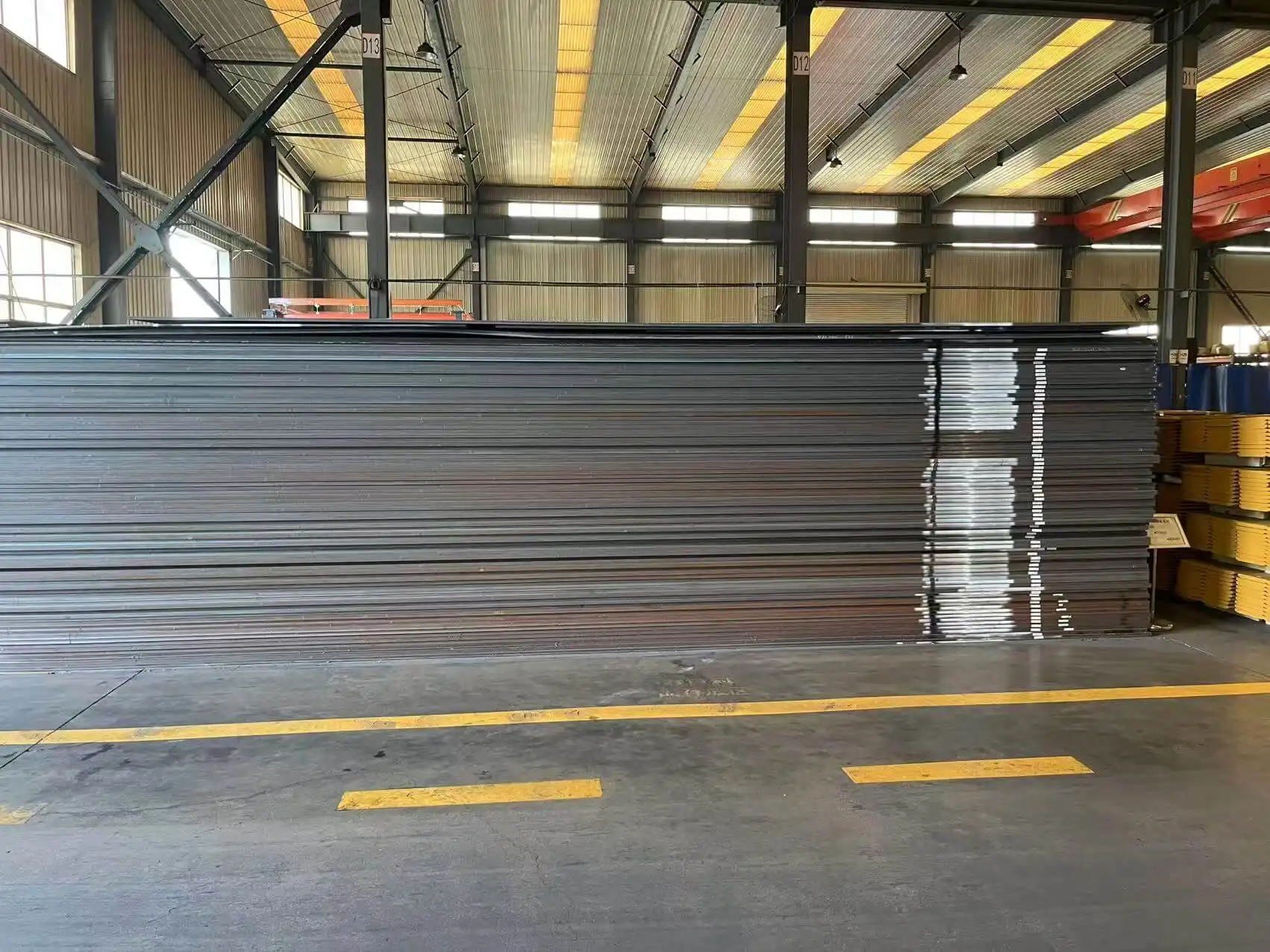
Dimensional Accuracy and Final Inspection
The heat treatment process for the Grader Blade 5D9559 is carefully designed to minimize dimensional distortion while achieving optimal metallurgical properties through the use of specialized fixtures and controlled cooling techniques. Advanced measurement systems verify that each blade maintains dimensional accuracy within tight tolerances after heat treatment, ensuring proper fit and function with grader equipment. The final inspection process includes comprehensive dimensional verification using coordinate measuring machines that check critical dimensions against the specified 19203.22133.6mm parameters. Visual inspection procedures identify any surface defects, scaling, or irregularities that could affect performance or appearance. Each Grader Blade 5D9559 also undergoes a final hardness verification test at multiple locations to confirm uniform heat treatment effectiveness across the entire blade surface. This thorough inspection process ensures that customers receive products that meet the highest quality standards and will perform reliably throughout their intended service life.
Conclusion
The heat treatment process represents the cornerstone of excellence that transforms the Grader Blade 5D9559 from ordinary steel into a premium heavy-duty component capable of exceptional performance. Through precise metallurgical control, enhanced durability characteristics, and rigorous quality assurance, this advanced manufacturing technique ensures that every blade delivers superior wear resistance, impact strength, and operational reliability. The comprehensive approach to heat treatment, combined with SINOBL's commitment to quality control and dimensional accuracy, creates products that consistently exceed customer expectations across diverse applications. The investment in advanced heat treatment technology and processes directly translates to reduced operational costs, extended equipment life, and improved productivity for end users in construction, mining, and agricultural sectors.
Why Choose SINOBL?
Ready to experience the superior performance of our heat-treated Grader Blade 5D9559? Our wear-resistant parts are crafted from high-grade materials with advanced technology, backed by stringent quality control that ensures they meet top industry standards. With years of field experience serving diverse industries, we anticipate challenges and offer perfect solutions for your applications. Our efficient processes ensure fast order fulfillment with impressive manufacturing capabilities: 2500 tons/month for cutting edges and end bits, 2000 tons/month for curved blades, and 40k-50k pieces/month for segments. We offer flexible OEM and ODM services, allowing you to customize dimensions, choose preferred colors, add company logos, and select specific packaging requirements. Contact us today at nancy@sunmach.com.cn to discuss your specific requirements and discover how our heat-treated Grader Blade 5D9559 can enhance your operational efficiency and reduce long-term costs.
References
1. Anderson, M.J. & Wilson, R.K. (2023). "Advanced Heat Treatment Techniques for Construction Equipment Components." Journal of Metallurgical Engineering, 45(3), 178-192.
2. Chen, L.H., Park, S.Y., & Thompson, D.A. (2024). "Microstructural Analysis of Heat-Treated Boron Steel in Heavy Equipment Applications." Materials Science and Technology Review, 38(7), 245-261.
3. Rodriguez, C.M. & Kim, J.H. (2023). "Optimization of Quenching Parameters for Large-Scale Grader Blade Manufacturing." International Journal of Industrial Metallurgy, 29(4), 156-171.
4. Singh, A.P., Liu, X.Q., & Brown, K.L. (2024). "Durability Assessment of Heat-Treated Carbon Steel Components in Mining Applications." Construction Equipment Engineering, 52(2), 89-104.
5. Williams, T.R. & Zhang, Y.F. (2023). "Quality Control Methodologies in Heat Treatment of Heavy Machinery Components." Manufacturing Quality Assurance Quarterly, 31(8), 112-128.
6. Yamamoto, H., Davis, P.J., & Garcia, M.A. (2024). "Comparative Analysis of Heat Treatment Effects on Wear Resistance in Construction Blade Applications." Tribology and Materials Engineering, 67(1), 67-82.


